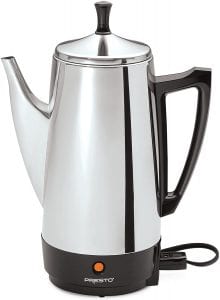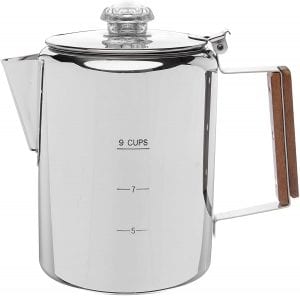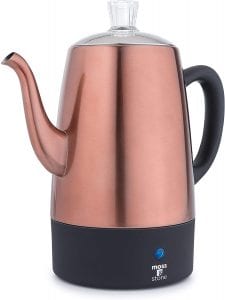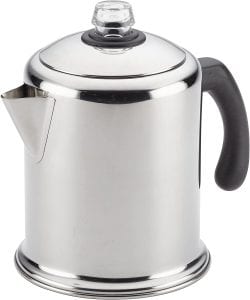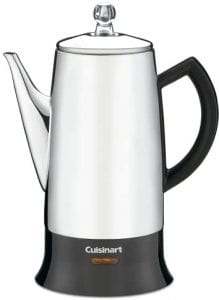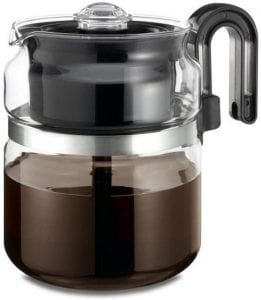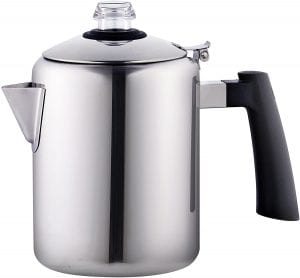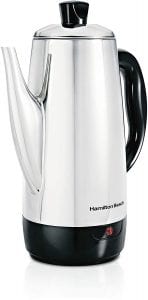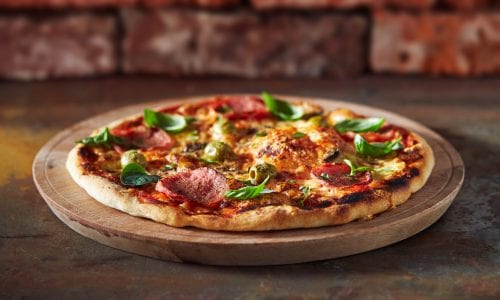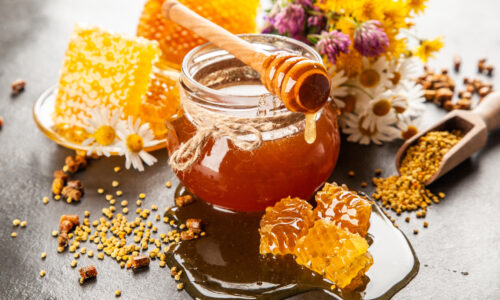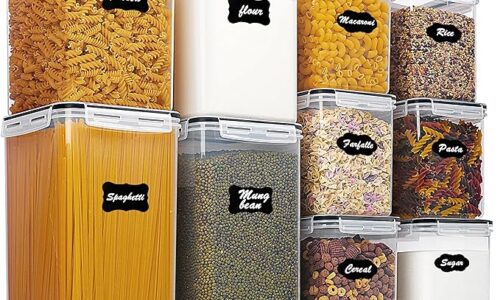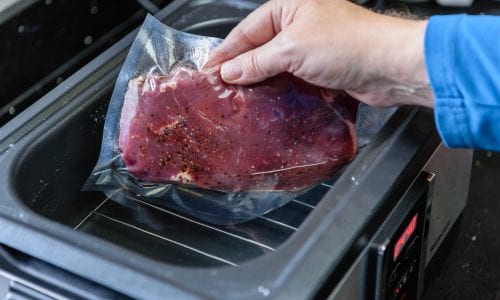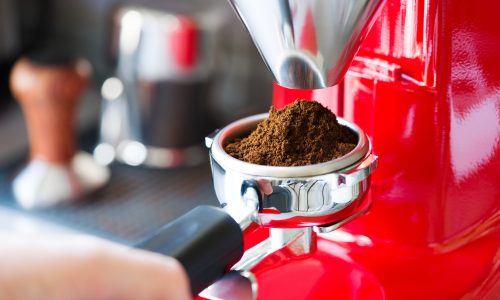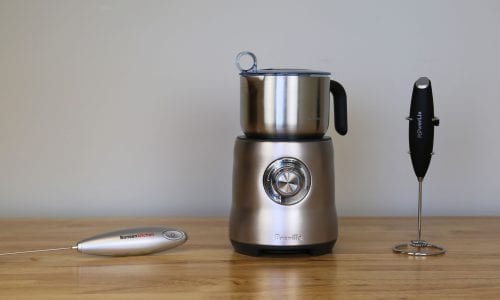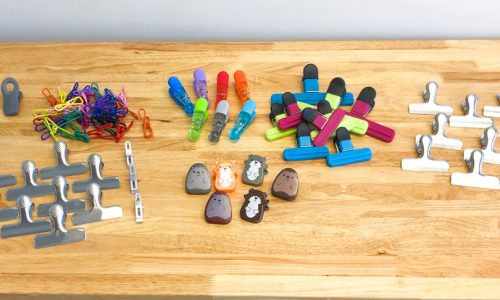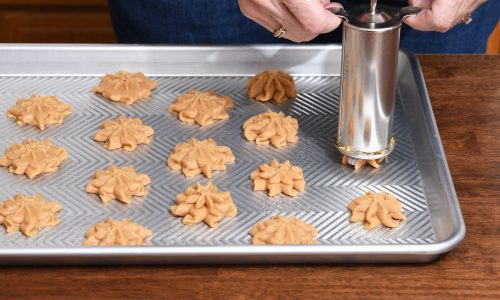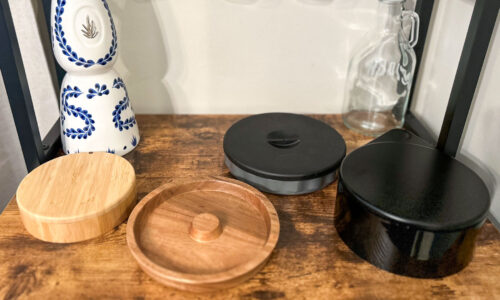The Best Coffee Percolator
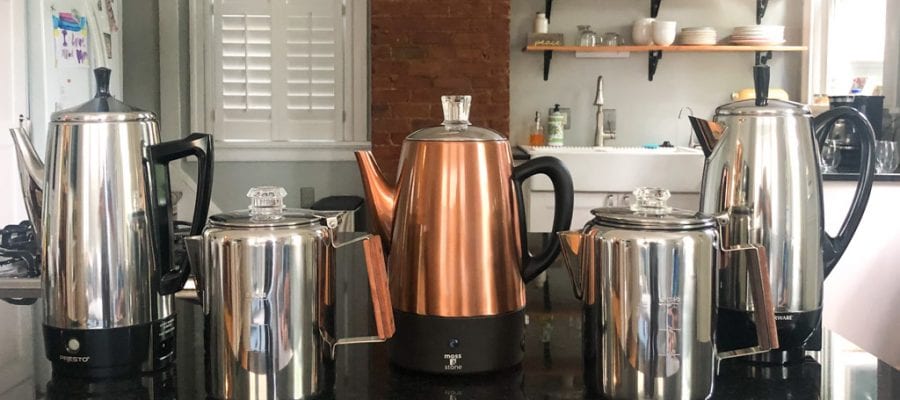
Our Review Process
Don't Waste Your Money is focused on helping you make the best purchasing decision. Our team of experts spends hundreds of hours analyzing, testing, and researching products so you don't have to. Learn more.
Our Picks For The Top Coffee Percolators
- 1. Presto 02811 Stainless Steel Coffee Percolator, 12-Cup
- 2. Farberware FCP412 Stainless Steel Coffee Percolator, 12-Cup
- 3. Coletti Bozeman Coffee Percolator, 9-Cup
- 4. Moss & Stone Copper Body Electric Coffee Percolator, 10-Cup
- 5. Farberware 47053 Classic Stainless Steel Yosemite Coffee Percolator, 12-Cup
- 6. Cuisinart PRC-12 Classic Stainless Steel Coffee Percolator, 12-Cup
- 7. CAFÉ BREW COLLECTION Coffee Percolator, 8-Cup
- 8. Cook N Home Stainless Steel Stovetop Coffee Percolator, 8-Cup
- 9. Hamilton Beach 40616 Stainless Steel Quick Brew Coffee Percolator, 12-Cup
This all-around sturdy coffee maker is not only built to last, it's built for speed. It can brew about one cup per minute, with a light to alert users when the process is done. With BPA-free parts and low wattage operation, it's as good for the environment as it is for your morning routine.
Speedy, Versatile MakerThis smooth-running appliance is solidly built from BPA-free materials.
Those who like a stronger cup will enjoy the circulation function of this percolator, which keeps the grounds saturated with water. After the brew is complete, an automatic warming plate will keep it toasty. The design makes things easy to handle throughout.
High-Capacity BrewerBrew coffee for the entire family and keep it hot with this percolator's warming plate.
This lightweight unit can be taken nearly anywhere and stand up to the journey. The stainless steel design includes disc filters that will keep your coffee smooth. After brewing, the entire appliance can be put in the dishwasher for easy cleaning.
Easy to CleanThis coffee maker is lightweight and easy to clean.
The copper exterior makes this percolator not only attractive but great at holding heat. An automatic warmer under the pot also helps keep your cup at the right temperature. Each brew is consistently strong.
Attractive, Workhorse BrewerCoffee lovers will find this auto-warming percolator easy to use.
Buying Guide
Whether you use it to kickstart a busy morning or ease into a lazy Sunday, coffee is seen as one of the simple pleasures of life. But increasingly, it seems like everybody’s favorite brew is anything but simple to make. Browse the kitchen section of any department store website and you’ll find everything from high-priced K-cup espresso makers to artfully-designed pour-over rigs that look like something out of a mad scientist’s lab.
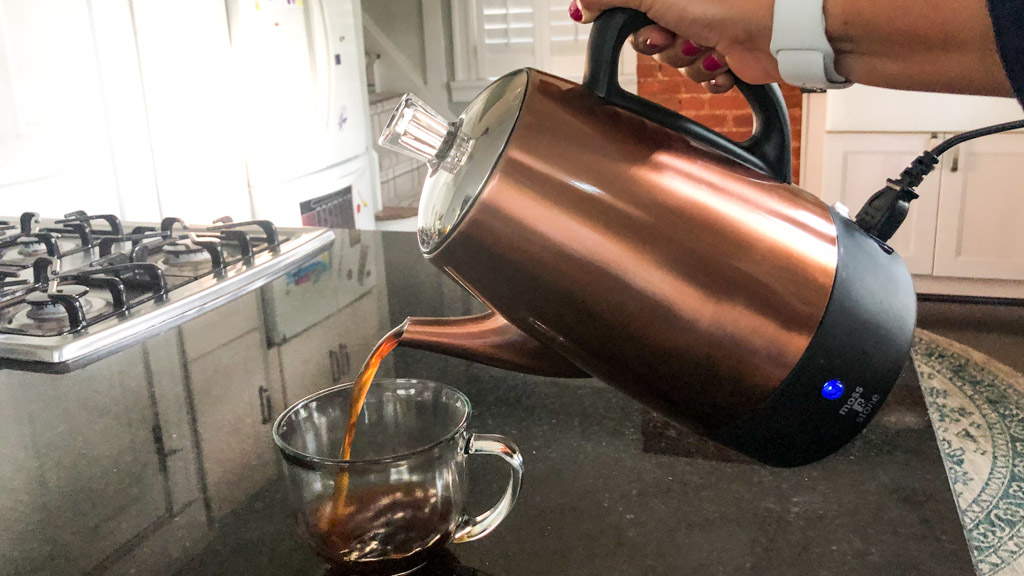
Perhaps it’s predictable that some coffee lovers have joined a sort of mellow rebellion against all this java snobbery by embracing older methods of brewing. And when it comes to brewing coffee, there are few methods older or more satisfying than the percolator.
Among coffee making methods, the percolator has a well-deserved reputation for quick brewing, and strong, bold tasting results. On the downside, it’s easy to come out of the process with burnt and bitter coffee if you let it brew too long. For some, that allowance for a personal touch is part of the appeal.
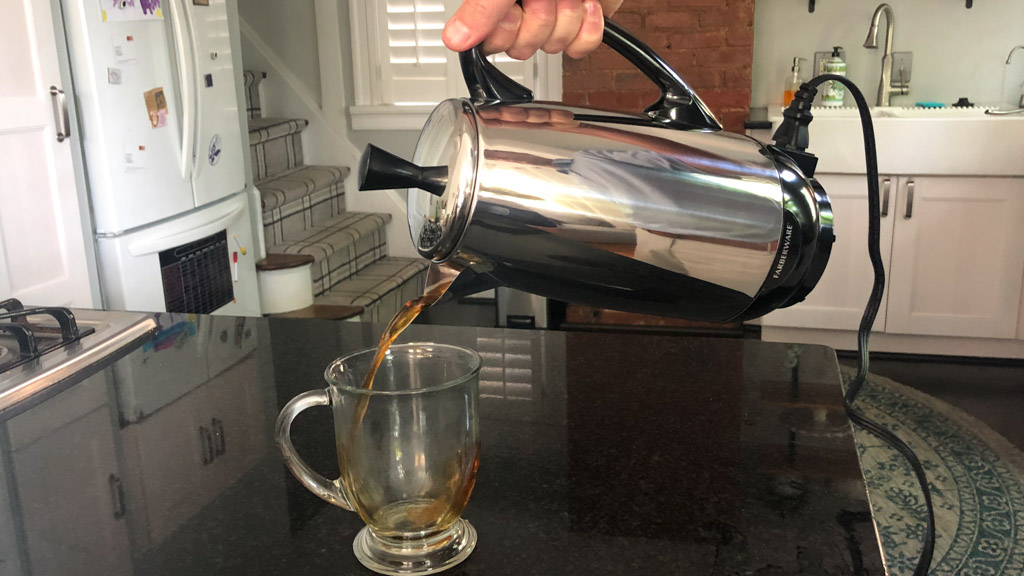
In a nutshell, percolators function by heating water to such a degree that it becomes steam, traveling up through a tube into a filter section that contains ground coffee. In more traditional “gravity” percolators, the steam then cools back down into a liquid state, infusing itself with coffee while dropping through the filter into a lower chamber to begin the process again. In more modern “pressure” percolators, that steam keeps on rising into an upper chamber to complete its transition into liquid coffee.
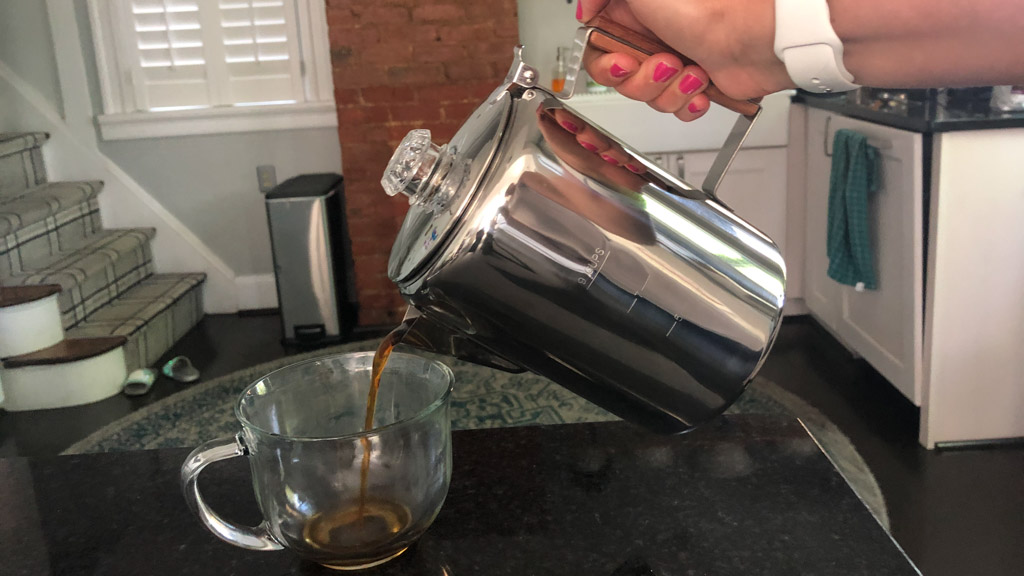
As you might imagine, that process is easy to overdo, especially in the case of gravity percolators. That’s why such units typically come with a glass topper, where you can watch the coffee bubble up. The “blurp” noise it makes as the coffee reaches its optimal state is one of the most satisfying sounds a coffee lover can hear.
A word about versatility: One of the main advantages of having a percolator is that the basic mechanism can be used anywhere that you have access to heat and water. Stovetop percolators are the basic units that consist of the pitcher, filter and lid, and they are just as effective on a kitchen stove as they are over a campfire. You can also get electric percolators, which add a heating element underneath the pitcher. That makes it a bit less portable, but there’s a lot to be said for having a reliable way to keep the coffee warm after brewing it. You can expect to pay a bit more for electric units, but on average, the relatively low price of percolators is another big “perk” over other coffee makers.
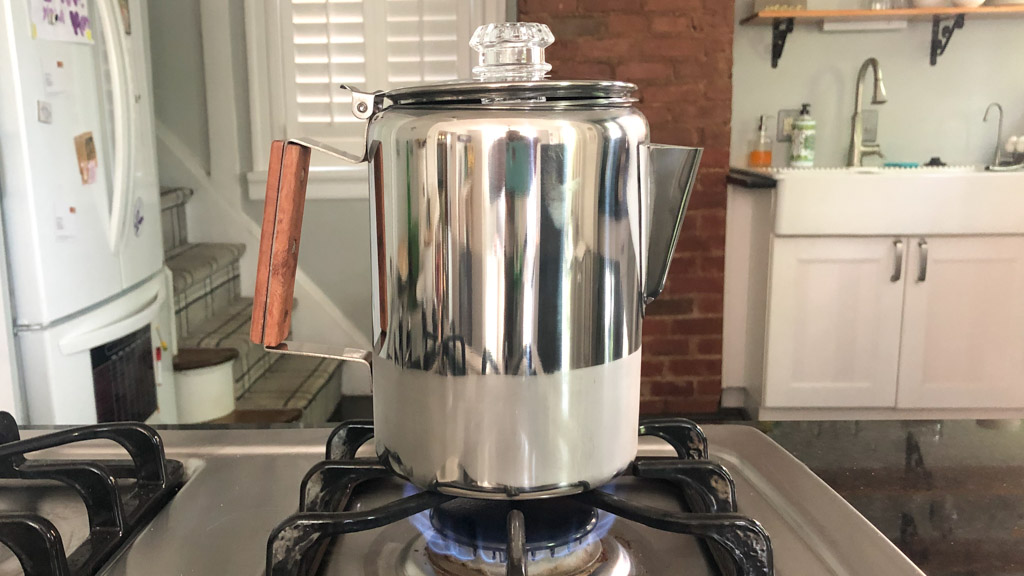
You’ll want to keep in mind that percolators do need to be cleaned, and in most cases you can disassemble and clean the entire thing in the dishwasher. (This might not be the case with electric models.) That generally includes the filter section. Unlike most other brewing methods, percolators don’t need a paper filter, though some newer models allow you to insert special disc filters or other ways to accommodate finer grinds.
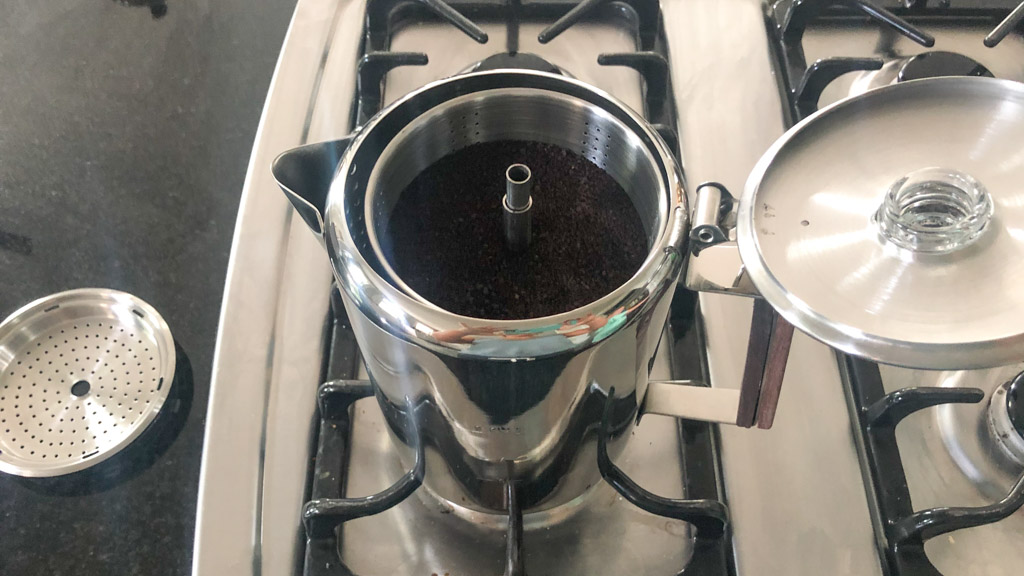
Finally, consider capacity. If you’re brewing for an entire family, you can expect a percolator to brew a consistent strength of coffee whether it’s one cup or 20 – provided your pitcher can hold that much. And though percolator brewing is one of the fastest methods, keep in mind that it will take longer to bring a large pot of water to a boil.
What to Look For
How much coffee do you need per cup? The ratio is the same for electric percolators as it is for stovetop models: Use roughly one tablespoon of ground coffee for each cup, adjusting to fit your personal taste. Keep in mind that percolators effectively “double-brew” your coffee, so it will be a bit stronger than normal. And if you grind your own beans, definitely go with a coarser grind. Percolator coffee filters have larger holes and the grinds will get plenty saturated, which means it’s easier for grounds to slip through into the coffee if they are too small.
More to Explore
Judging by the ease with which you can find a Starbucks in even the smallest towns, you might think that Americans love their coffee more than anyone in the world. In truth, the US just barely cracks the World Atlas list of the top 25 coffee consuming countries. European countries make up most of the top ten, with the highest honors going to Finland by a wide margin. Finns drink an average of 12 kilograms of coffee per year, which isn’t surprising given that coffee is an all-day drink there. Coffee breaks are even required by most workers’ unions.

